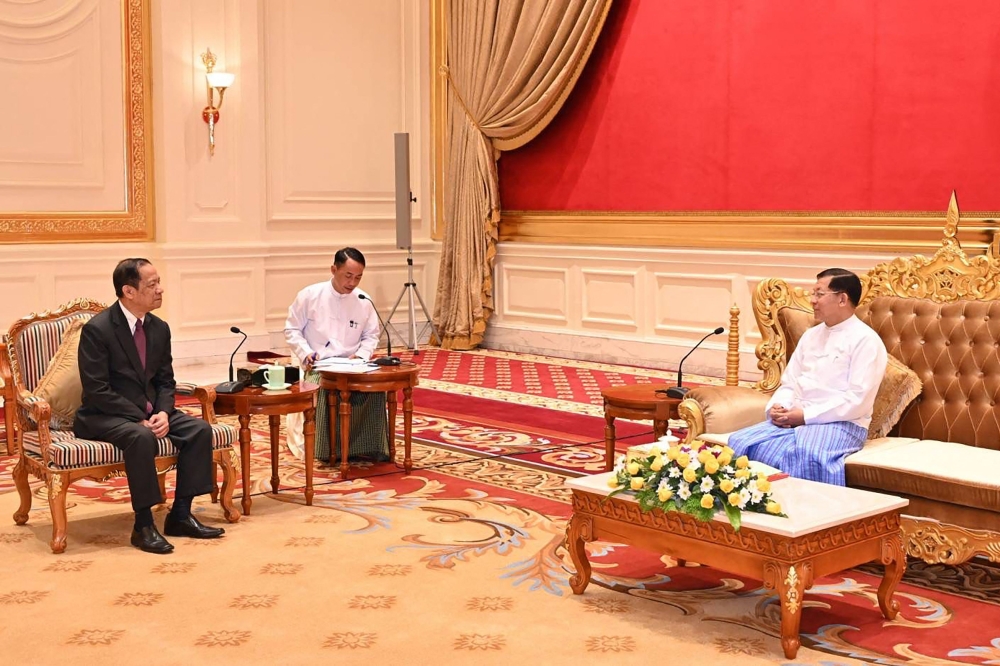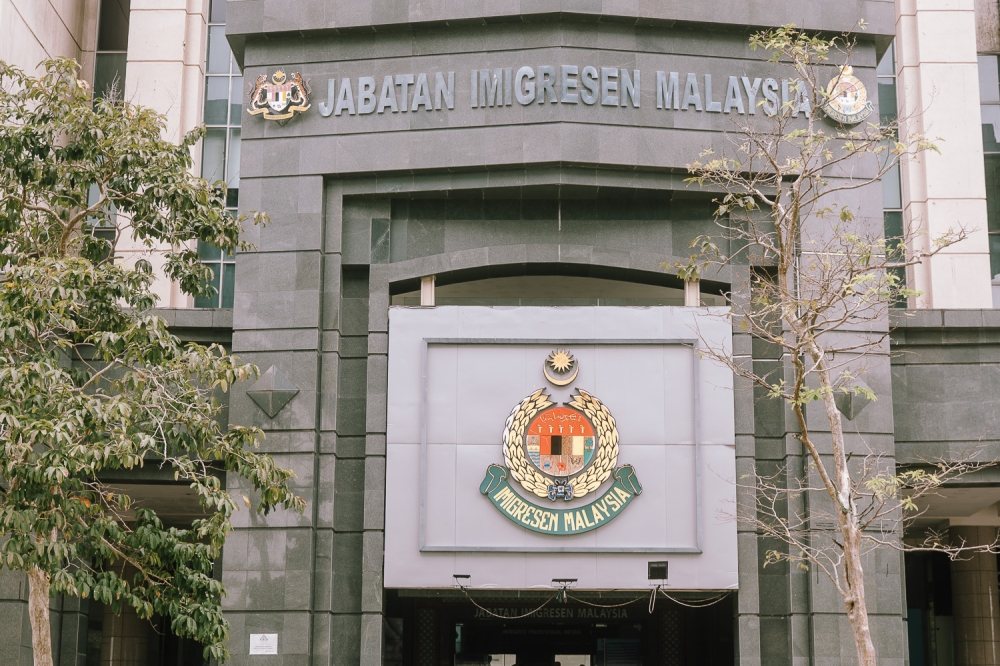JULY 3 — The recent controversy surrounding Myanmar’s reported opposition to Timor-Leste’s accession to Asean has brought renewed attention to the fragilities of the regional organisation and, more specifically, to the evolving role of Myanmar’s military regime within it.
While much of the discourse has centred on Asean’s structural limitations, particularly its reliance on consensus decision-making and the principle of non-interference, this episode also reflects the increasingly confrontational posture of the Myanmar junta, which is seeking not only to assert its contested legitimacy but to reshape the rules of regional engagement in its favour.
Timor-Leste’s path to Asean membership has been long and arduous. Since its formal application in 2011, the country has taken significant steps to align with Asean’s institutional practices and norms, culminating in an in-principle agreement in 2022 and a formal roadmap adopted in 2023. By most accounts, Dili has demonstrated its readiness for accession, and its formal admission was widely expected during the 47th Asean Summit in October 2025.
While Myanmar’s objection is now making headlines, it is not entirely sudden; concerns over Timor-Leste’s open engagement with the National Unity Government (NUG) and criticism of the junta have circulated within diplomatic circles for some time. What is notable now is that these objections, previously voiced more discreetly, have been brought into the open, adding friction to an already delicate process and exposing the simmering political tensions that have shaped internal Asean deliberations.
On the surface, the junta’s stance rests on the long-standing Asean principle of non-interference. Timor-Leste, by openly supporting the NUG and criticising the military regime, is accused of violating this norm, thus rendering itself ‘unfit’ for Asean membership. However, such a reading demands closer scrutiny. The principle of non-interference, while foundational to Asean, has never been uniformly applied. It has often served as a flexible political shield, invoked to prevent scrutiny while selectively ignored when national interests align.
In this case, Myanmar’s invocation of non-interference is performative, less about protecting Asean norms, and more about silencing dissent and isolating any regional actor that refuses to normalise the post-coup regime.
Indeed, Myanmar’s objection must be understood in the broader context of its increasingly defiant stance within Asean. The regime’s relationship with Asean has thus shifted from passive non-cooperation to active contestation. Its move to oppose Timor-Leste’s accession signals an attempt to assert itself not only within domestic borders but also in regional decision-making spaces, despite its exclusion from high-level Asean summits since the coup.
This manoeuvre serves multiple purposes. It is not just a rejection of Timor-Leste, it is a warning to other states that engagement with the NUG or expressions of solidarity with Myanmar’s democracy movement will carry consequences. In that sense, the opposition to Timor-Leste’s entry is a form of authoritarian signalling, intended to reinforce regional silence on Myanmar’s domestic crisis.
Yet while Myanmar’s behaviour is central to this episode, it is also enabled by Asean’s structural design. The bloc’s insistence on unanimity for major decisions, including membership, creates a low threshold for obstruction and a high tolerance for inertia.
This has long been a point of critique, particularly in times of crisis, where Asean’s consensus model has hindered timely or principled responses. What this episode reveals is that the consensus model does not merely delay action, it can also be used by authoritarian regimes to reshape the agenda of the bloc in ways that are contrary to its own normative aspirations.

This handout photo taken and released on January 10, 2024 by the Myanmar Military Information Team shows Myanmar’s military chief Min Aung Hlaing (right) meeting with Alounkeo Kittikhoun, special envoy of the Asean chair on Myanmar, in Naypyidaw. — AFP pic
It is important, however, not to overstate Asean’s unity in the face of this disruption. While Myanmar has taken a hardline stance, other member states, including Malaysia, Indonesia, and the Philippines, have continued to support Timor-Leste’s bid. But this divergence also exposes a growing fragmentation within Asean; between those willing to accommodate political plurality and human rights discourse, and those that continue to view such positions as threatening to regime security.
What complicates the situation further is the unresolved status of the Myanmar question itself. Asean remains divided on how to engage with the post-coup regime. In a rare and diplomatically delicate move, Malaysian Prime Minister Anwar Ibrahim met separately with both the junta-appointed foreign minister and representatives of the NUG. While framed as a gesture of balanced engagement, the meetings reveal Asean’s growing discomfort with its own paralysis.
Anwar’s approach departs from the norm, suggesting an effort to navigate the impasse through informal diplomacy rather than rigid consensus. But it also risks drawing backlash from member states that interpret such actions as undermining the bloc’s traditional deference to sitting governments, no matter how illegitimate they may be.
That this dual engagement occurred under Malaysia’s chairmanship in the same year Timor-Leste is expected to join further complicates the political climate. It demonstrates that the Myanmar crisis is no longer a self-contained issue; it is seeping into other regional decisions and recalibrating Asean’s internal balance.
Timor-Leste, for its part, has not hidden its solidarity with Myanmar’s pro-democracy movement, but it has also remained committed to Asean membership as a strategic priority. This tension between values and diplomacy now defines Dili’s position. Should it compromise on its democratic stance to appease Asean’s more authoritarian members? Or should it stand firm, knowing that principled engagement may delay its long-sought entry?
This is not an abstract dilemma. It speaks to the broader question of what kind of regionalism Asean is cultivating. Still, it would be simplistic to reduce this episode to a binary of democracy versus authoritarianism. Asean has never been ideologically homogenous, and its strength arguably has been in accommodating this diversity. But the current moment demands reflection on the limits of such accommodation. When internal divergences are exploited to paralyse decision-making or to punish dissenting voices, then the flexibility that once underpinned Asean’s cohesion risks turning into dysfunction.
Ultimately, the issue is not merely about Timor-Leste’s admission, but whether Asean can withstand attempts to weaponise its own rules. Myanmar’s objection is both a reflection of its own post-coup desperation and a test of Asean’s institutional resilience.
In the end, this episode is as much about Asean’s internal politics as it is about Myanmar’s place in the region. It reveals the uncomfortable truth that the bloc’s future coherence may depend less on shared values than on its ability to navigate competing regimes of legitimacy. As Timor-Leste waits once again for the door to open, the question is no longer about its readiness. It is about whether Asean, in its current form, is capable of moving beyond the constraints of its own contradictions.
* Khoo Ying Hooi, PhD is Associate Professor of International Relations and Human Rights at Universiti Malaya.
** This is the personal opinion of the writer or publication and does not necessarily represent the views of Malay Mail.






